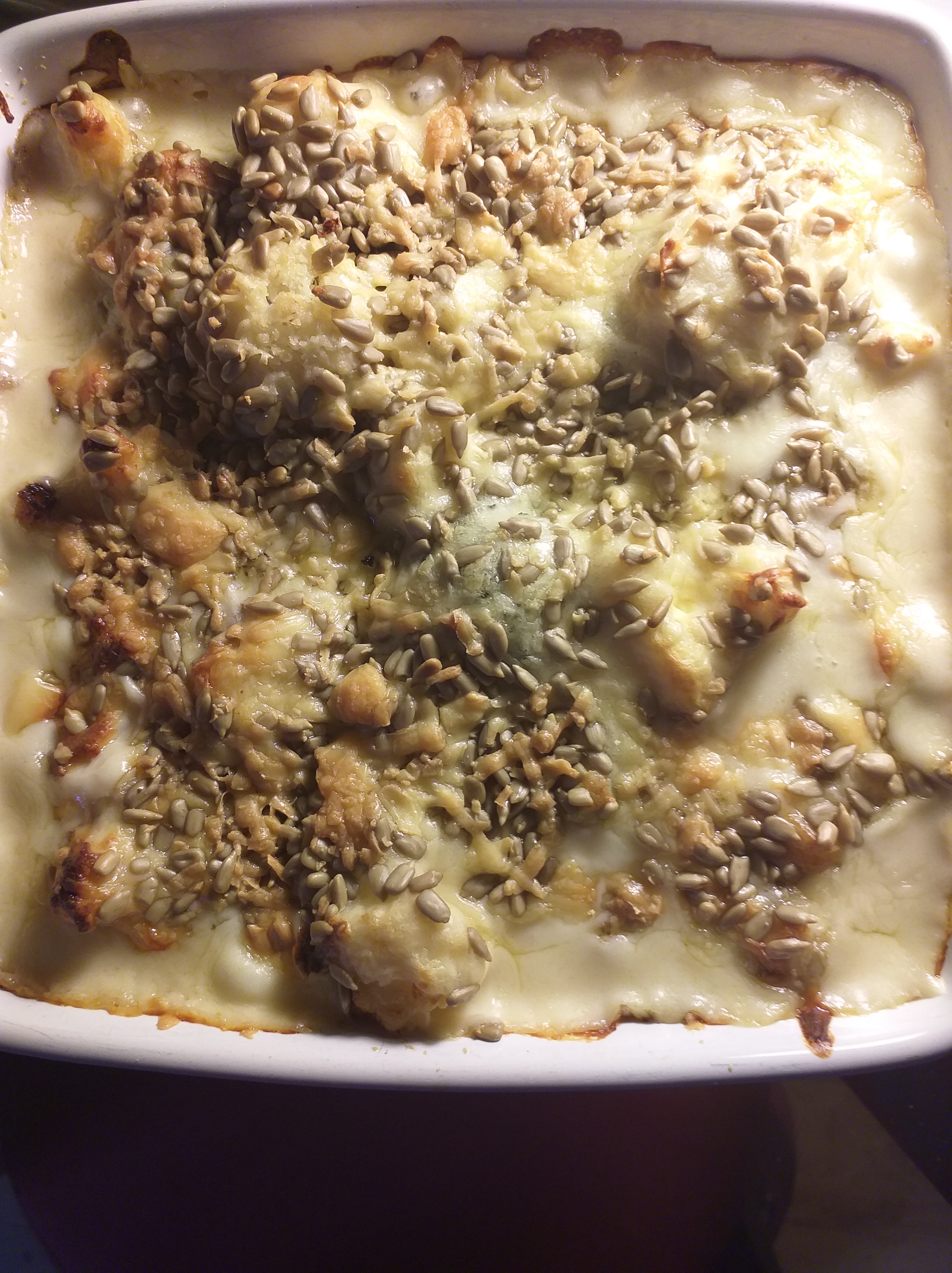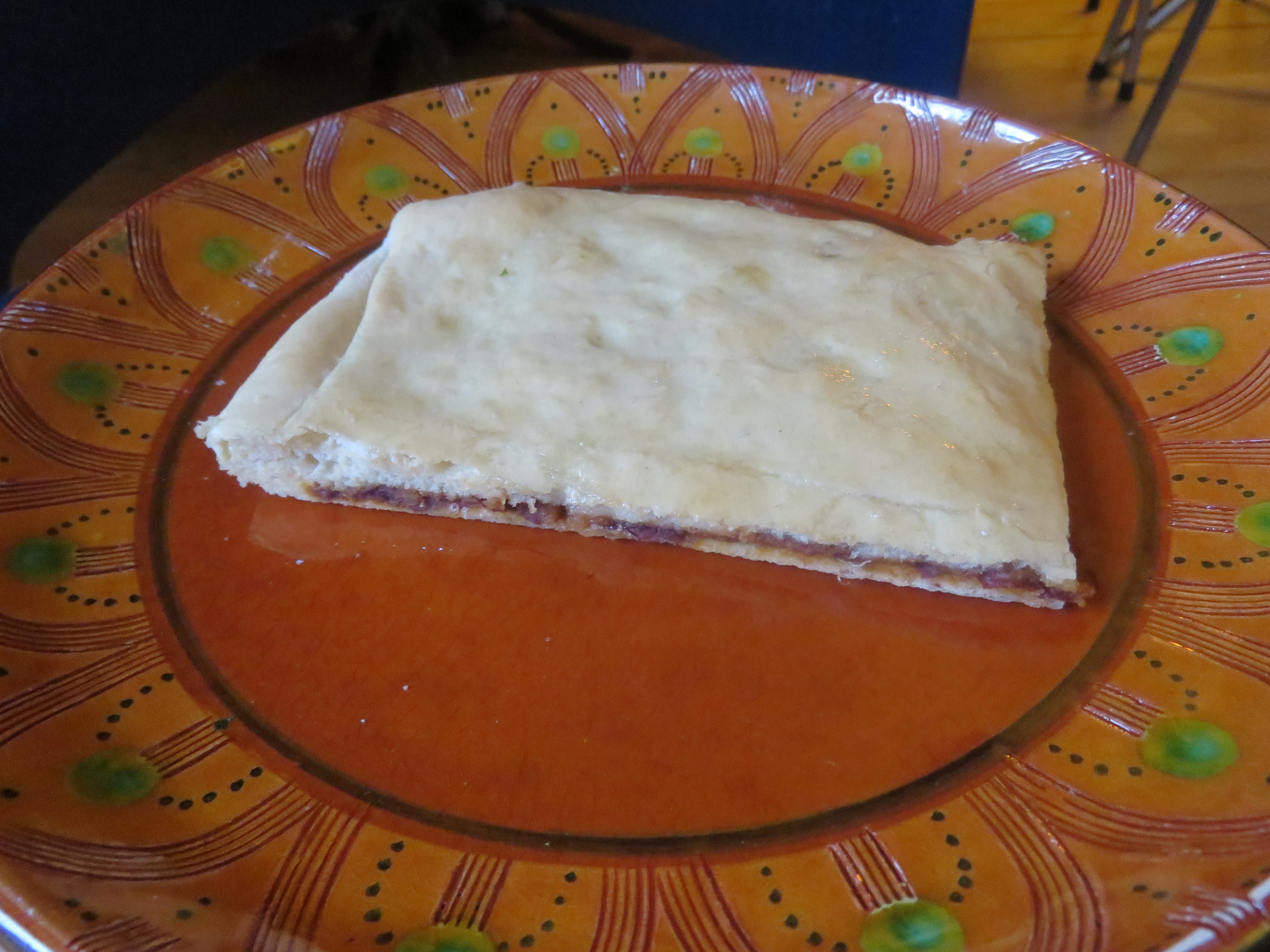
Whatever your January culinary good intentions may be, Kimchi Fried Rice is probably the dish you should start making – as it ticks a huge number of New Year Resolution boxes:
Cutting down on meat? This is a vegetarian recipe.
Doing Veganuary? Make it vegan by leaving out the fried egg.
Cutting down on food waste and trying to go to the shops less frequently? This recipe uses store cupboard ingredients and left-over rice.
Trying to spend less? This is a cheap and cheerful dish, cooked quickly on the stove, so uses less energy.
Trying to include more superfoods in your diet? Kimchi is fermented, full of natural probiotics and great for the gut. It is packed with nutrients and reputed to strengthen the immune system. A plus during a pandemic.
Both kimchi and gojuchang are now widely available at large national supermarkets. But if you can get to your Asian grocery store – you will probably find these ingredients at a better price AND it is a good way to support independent traders.
Kimchi Bokkeumbap
350g cooked white rice
Vegetable oil
1 tin kimchi (160g)
1 small onion, chopped
1 tbsp gojuchang
1 tbsp sesame oil
1 spring onion, finely chopped
1 tsp soy sauce
2 eggs (optional)
Open the tin of kimchi and strain using a sieve over a bowl. Press the cabbage down with a spoon so you collect all the juice. Chop the fermented cabbage into strips.
Add the soy sauce and gojuchang to the reserved kimchi juices, Stir well until the gojuchang has dissolved.
Place a little oil in a wok and heat. Add the chopped onion and the white parts of the spring onion. Fry for a minute. Now place the chopped kimchi into the pan and stir fry for around three minutes until it begins to brown. This will give it a lovely, slightly caramelised taste.
Place the rice into a large bowl and drizzle with the sesame oil. Mix it through using your (very well washed) hands until every grain is coated. This will stop it clumping together during the frying process and will add a toasty note to the dish.
Add the rice to the wok and stir fry well until all the grains are separate. Pour over the kimchi juice mixture and stir fry until all the liquid has been absorbed/evaporated.
In a separate frying pan, fry the eggs until the whites are cooked but the yolks remain soft. I cheat by half filling my pan with vegetable oil and almost submerging the eggs in it, so there is is no danger of “snottiness” in the white, and the yolks become hot but not set. Thriftier types may prefer to use less oil and flick it over the yolk gently.
Serve the rice topped with the fried eggs. Sprinkle them with a little sea salt, if you are a salt monster like me (leave out the eggs if you want to keep the dish vegan). Sprinkle with the spring onion greens – do add some chopped fresh herbs if you have some around.



 Oh January! How I loathe you….. Despite my great age, I still struggle with thinking more than one day ahead -so feel utterly depressed by the cold weather, constant advertising about making changes (code for having no fun), and the Christmas decorations coming down and being replaced by absolutely nothing. It truly feels as if nothing good is ever going to happen again. My great age has taught me, however, that one easy way to lift my mood is by eating delicious, simple dishes -so one of my goals for January is to make sure that I get through the month fuelled by some proper, solid, vegetarian comfort food.
Oh January! How I loathe you….. Despite my great age, I still struggle with thinking more than one day ahead -so feel utterly depressed by the cold weather, constant advertising about making changes (code for having no fun), and the Christmas decorations coming down and being replaced by absolutely nothing. It truly feels as if nothing good is ever going to happen again. My great age has taught me, however, that one easy way to lift my mood is by eating delicious, simple dishes -so one of my goals for January is to make sure that I get through the month fuelled by some proper, solid, vegetarian comfort food.